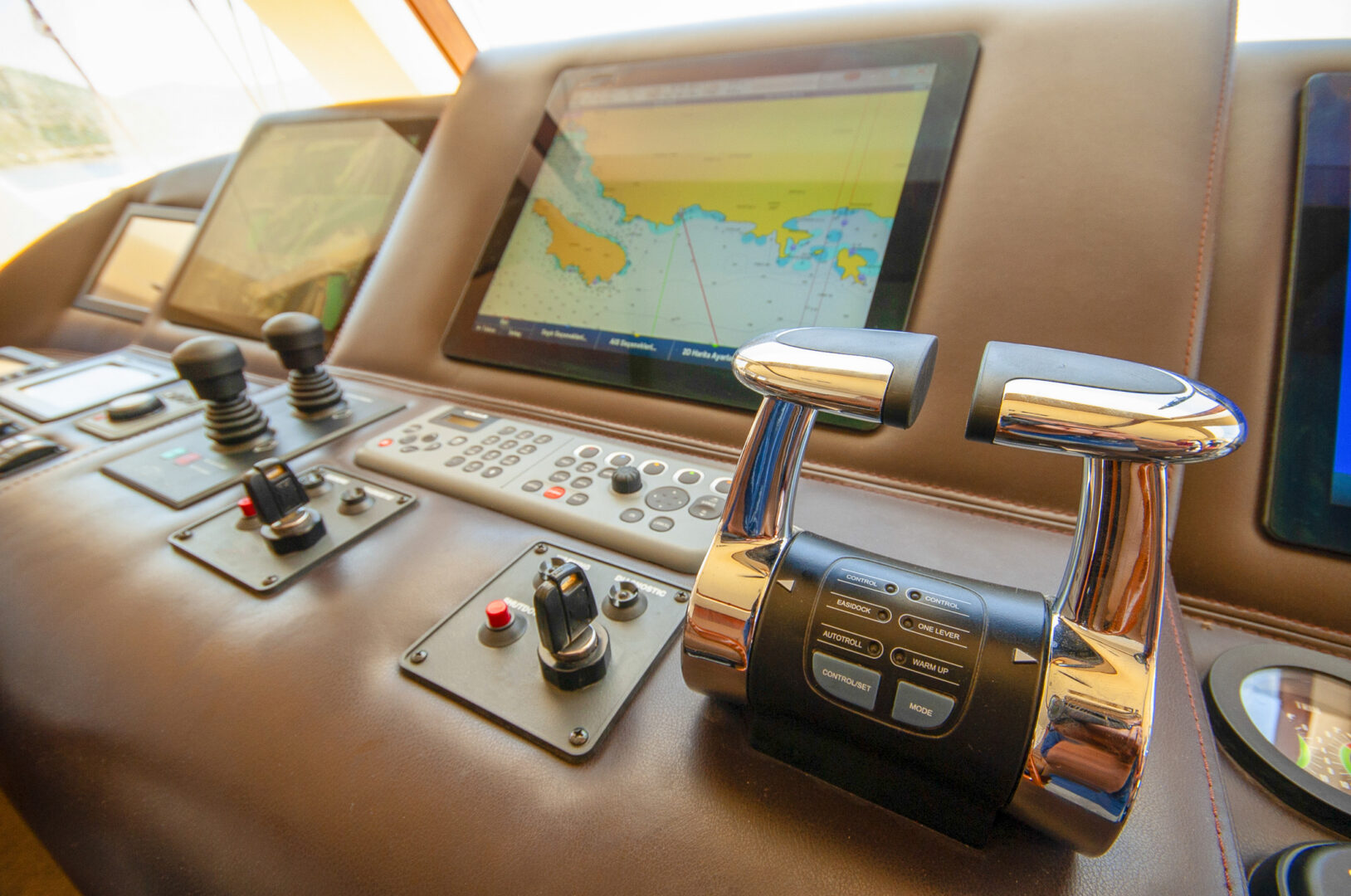
Here are some tips for installing AIS on your boat.
Adding AIS capabilities to your boat is a wise decision that can significantly enhance your boating experience. Whether you choose an AIS receiver or a transceiver, the benefits of AIS are numerous, ranging from safety and collision avoidance to improved navigation and monitoring. With AIS, you can stay informed about nearby vessels, their positions, and navigation status, ensuring a safer and more efficient journey on the water. Here are some tips for installing AIS on your boat.
What Does AIS Do?
Using VHF frequencies, boats with an AIS transceiver can automatically broadcast critical information, including the vessel’s identity and real-time position, course, and speed. AIS can also automatically monitor the same information as other AIS-equipped vessels, reducing the risk of collision, even at night. Even without a transceiver, an AIS receiver built into some VHF radios can monitor this information. Unlike radar, AIS can “see” around corners. This can be a huge safety benefit in inclement weather or when navigating around islands or near the coast, and it is an excellent complement to your existing radar.
Benefits of AIS
AIS is highly beneficial for traffic monitoring and vessel assistance. Boaters and maritime authorities rely greatly on AIS to supplement information from traditional radars for location tracking, which is used to detect and avoid vessel collisions. AIS has been installed in thousands of vessels worldwide and is set up to improve safety on the open water. AIS has also been shown to be vital in accident investigation and search-and-rescue missions. Commercial fishing is the deadliest job in the U.S., with an on-the-job fatality rate much higher than the national average. Ship collisions and other accidents can happen anywhere at any time. AIS helps to prevent these incidents from happening and allows for faster response times when they do
Proper AIS Installation
An AIS device must be installed correctly for it to function well. All AIS devices have internal GPS. Some AIS units have internal GPS antennas that can be helpful but may not work below deck, so an external GPS antenna may be required.
For reliability, AIS transmissions alternate between two VHF frequencies at the high end of the marine VHF band dedicated worldwide to AIS operations.
Additional Devices
If you’re considering adding AIS to your boat, here are some common product choices to explore:
AIS Receiver
Opt for a VHF radio with AIS receiver capabilities. This allows you to receive signals from other boats and ships in your vicinity, providing you with valuable situational awareness. Connecting the AIS receiver to your chartplotter allows you to easily monitor other vessels on your display.
AIS Transceiver
For enhanced functionality, consider investing in an AIS transceiver. This device not only allows you to receive AIS signals but also enables you to transmit your boat’s information to others. While transceivers may cost more than receivers, they offer the added benefit of making your boat visible to other vessels, further improving safety.
Marine Electric Systems, LLC is a Leader In the Maritime Industry
We here at Marine Electric Systems have over 30 years of industry experience. You can trust our team for reliable service and expert craftsmanship in the Maryland, Baltimore, Annapolis, and Baltimore city areas! We’re highly certified and adhere to all ABYC and NMEA regulations. We specialize in top-notch electrical solutions for recreational, commercial, and government boating clients. Anything from electrical refits, to navigation systems, or boating maintenance. To stay up to date on our services, follow us on Facebook, LinkedIn, Pinterest, Instagram, and YouTube. You can also contact us at 410-263-0807.
